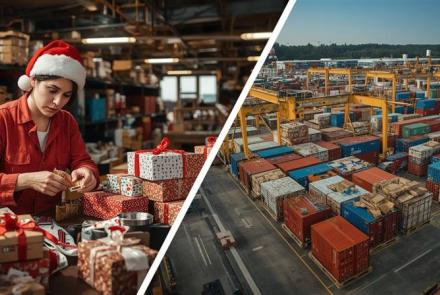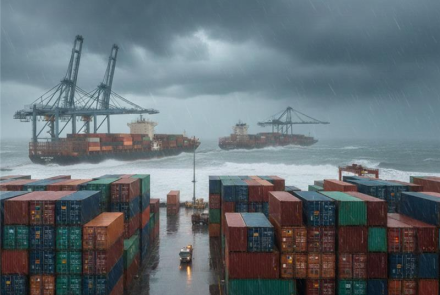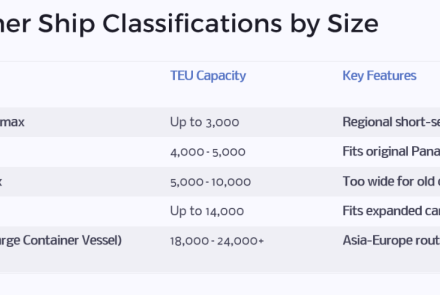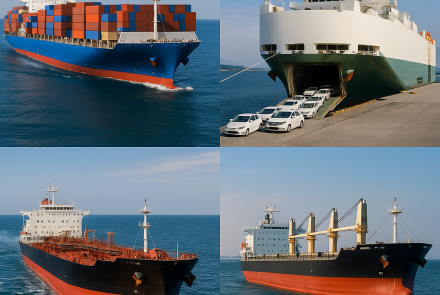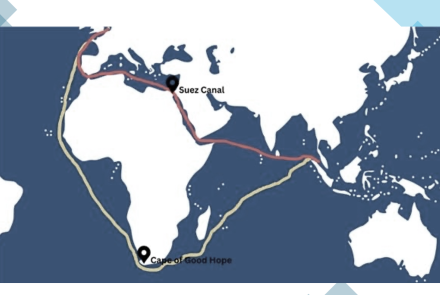How to Read a CSC Plate: What Every Container User Should Know
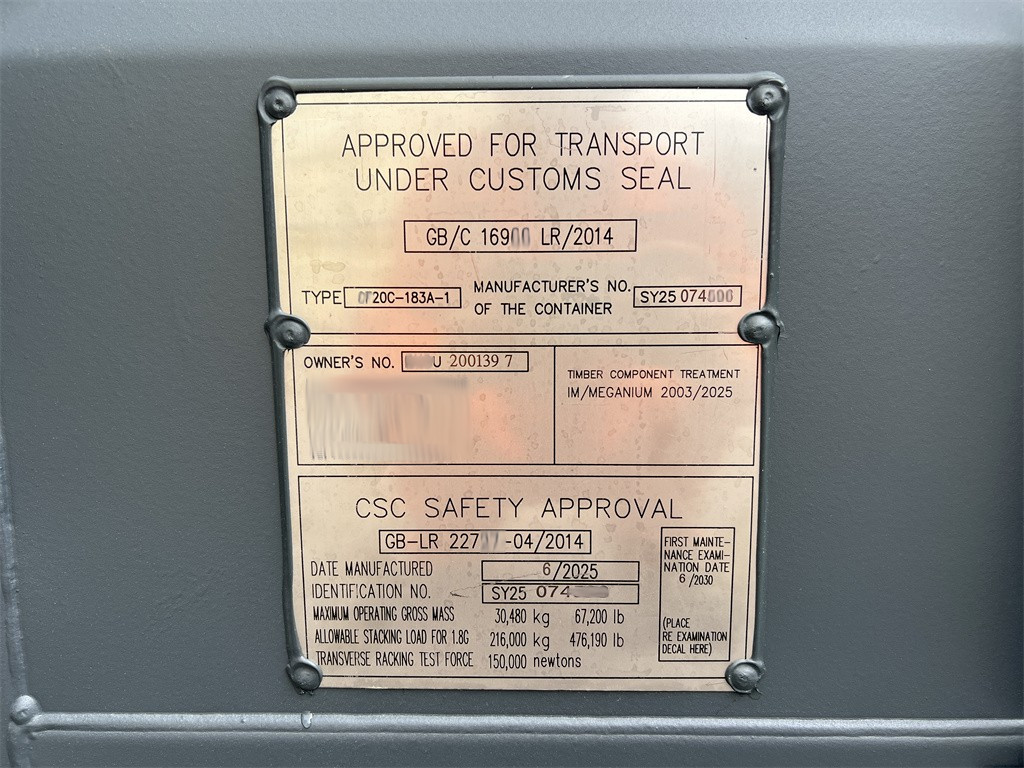
In the vast and complex world of container shipping solutions, even the smallest components can have a major impact. One such overlooked yet essential element is the CSC plate - a small metal tag found on all internationally approved shipping containers.
Whether you’re involved in container leasing, buying and selling, or intermodal transport, understanding the CSC plate is vital to ensuring safety, compliance, and seamless logistics.
What is a CSC Plate?
The CSC plate stands for Convention for Safe Containers, a global safety standard established by the International Maritime Organization (IMO) in 1972. The plate acts as a certification that the container has passed safety inspections and meets the minimum structural requirements for use in international trade containers.
For companies involved in NVOCC operations, global freight logistics, and container fleet management, verifying a container’s CSC plate is a critical step in maintaining regulatory compliance and operational efficiency.
Why the CSC Plate Matters
The CSC plate ensures that a container is structurally sound and fit for transporting goods across various modes - be it by sea, rail, or road. Here's why this small plate plays a big role in your container supply chain:
- Confirms cargo-worthiness for international transport
- Ensures the container meets structural safety and weight standards
- Provides visibility into inspection schedules
- Enhances accountability in containerized cargo management.
In short, the CSC plate is a cornerstone of container security and safety.
Where to Find the CSC Plate
Typically located on the left door of the container, the CSC plate is riveted or welded on and displays key safety and identification information. The format and layout are standardized, allowing easy identification across various container types including high cube containers, flat rack containers, open top containers, and reefer containers for lease.
How to Read the CSC Plate
Here are the key sections and what they mean:
- CSC Safety Approval Number: Indicates the country of approval and a unique number showing the container complies with international standards.
- Date of Manufacture: Helps determine the age of the container—a factor that can influence shipping container durability and maintenance needs.
- Container Identification Number: A unique serial number typically matching the container’s ISO marking.
- Maximum Gross Weight: This is the total weight the container can safely carry, crucial for freight cost optimization and TEU capacity and efficiency.
- Allowable Stacking Weight: Indicates how much weight can be stacked on top of the container during storage or shipping.
- Racking Test Load Value: Shows the strength of the container in handling side loads during multimodal logistics operations.
- ACEP or Next Inspection Date: Containers must be re-inspected periodically unless enrolled in an Approved Continuous Examination Program (ACEP). Always verify the inspection status before deployment.
Relevance to Different Container Types
Whether you're dealing with ISO tank containers, collapsible shipping containers, or containers with custom modifications, the CSC plate serves as a guarantee that the unit meets international safety requirements.
For example:
- A high cube container (40’HC, 45’HC, 20’HC) with a valid CSC plate can be used confidently in international shipping.
- Reefer containers for lease must display valid CSC data to ensure proper cargo storage and safety.
- Specialized shipping containers for hazardous goods must comply with additional safety markings and CSC approvals.
Conclusion
Understanding the CSC plate is not optional - it’s essential. For businesses navigating the complexities of digitization in container shipping, domestic container transport, or containerized rail freight, a valid CSC plate ensures safety, legality, and smooth operations across borders.
Before signing off on a lease or shipment, take a moment to inspect the CSC plate. This small step could save time, money, and trouble in the long run.
VS&B Containers group offers both standard and custom-made containers, delivered directly from the factory to your desired location. With a fleet of over 30,000 containers made available across Europe and Asia, the company helps customers get containers effortlessly from anywhere in the world. If you have unique needs in terms of affordability, adaptability, and potential return on investment, please drop an email to traders@vsnb.com, and the VS&B team will contact you to discuss further.
- Log in to post comments


